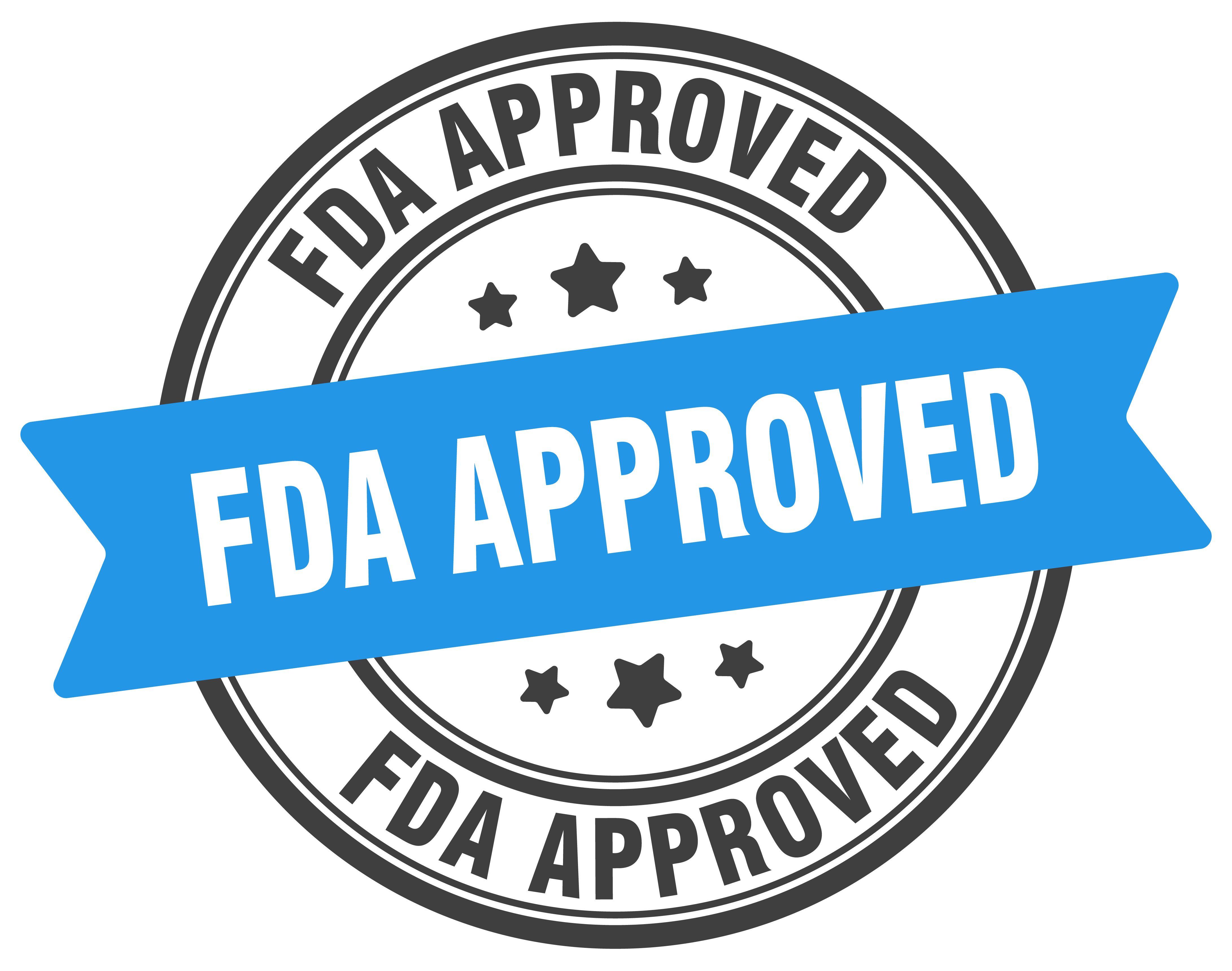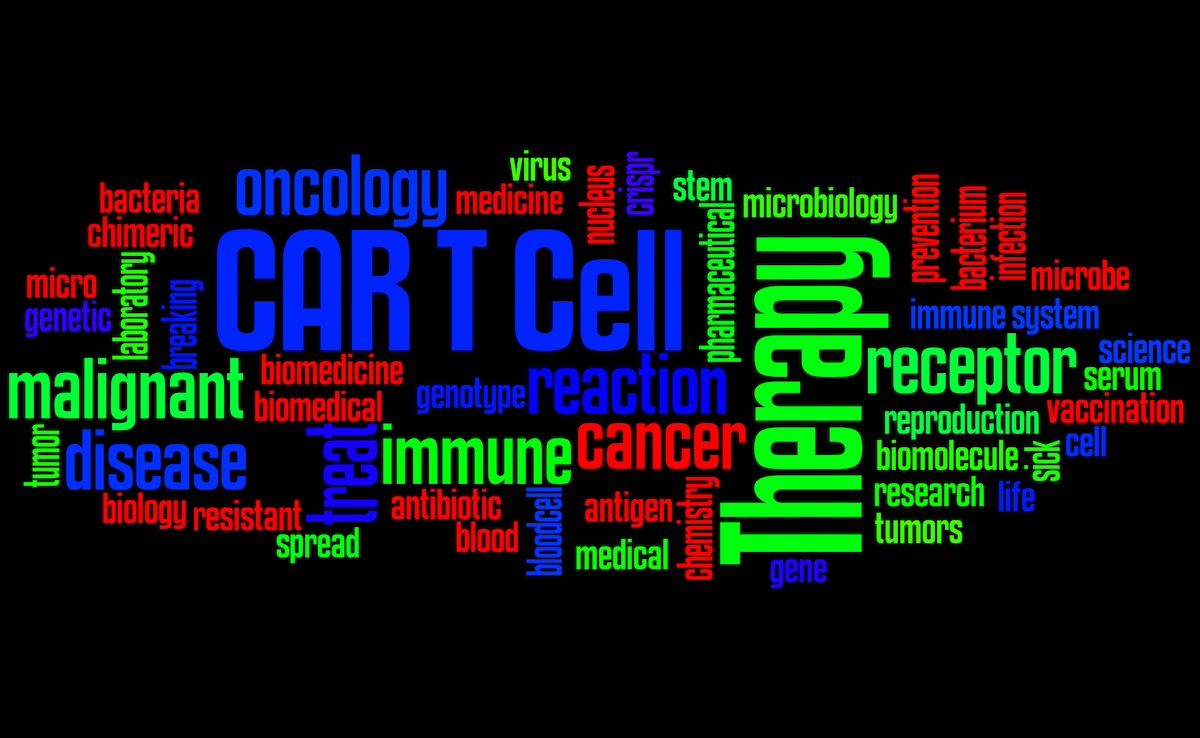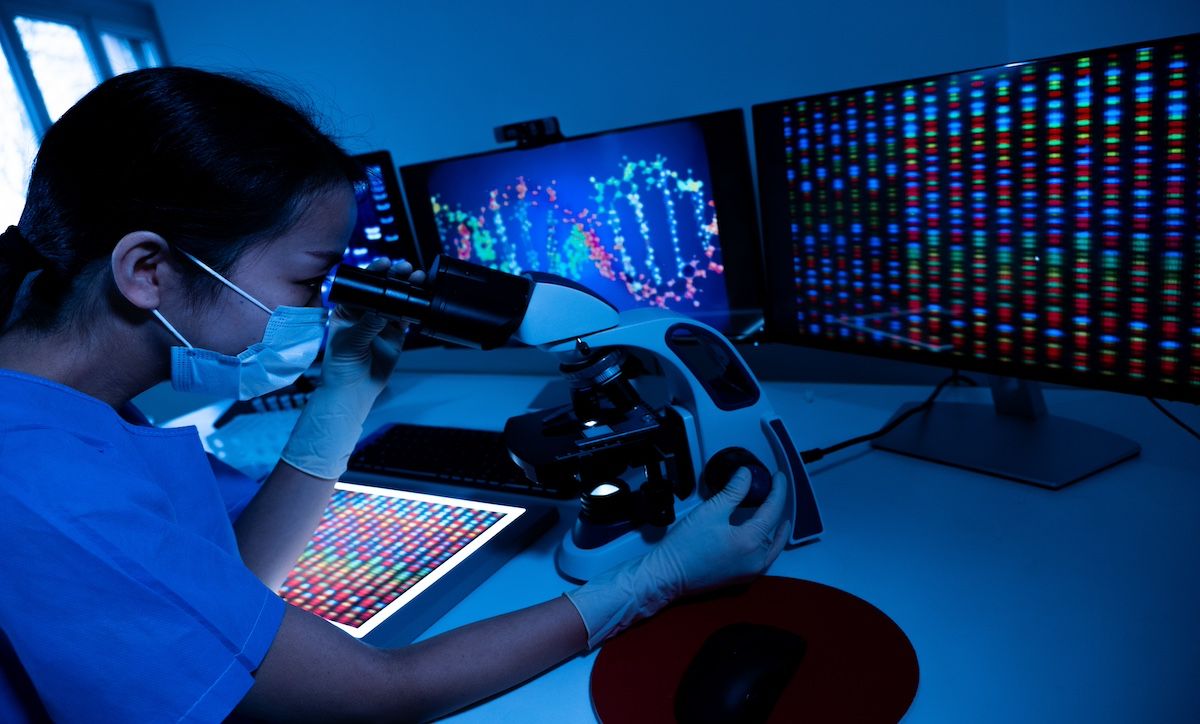Video
RRMM Treatment Regimen Considerations
Panelists discuss relapsed/refractory multiple myeloma treatment regimen strategies.
Jeffrey Matous, MD: What are you doing with teclistamab in Kansas? You’ve utilized that quite a bit.
Zahra Mahmoudjafari, PharmD, MBA, BCOP, FHOPA: We have. We were 1 of the first centers to run through the REMS [Risk Evaluation and Mitigation Strategy] program, which was challenging to get started.
Jeffrey Matous, MD: To get all your doctors to take the test?
Zahra Mahmoudjafari, PharmD, MBA, BCOP, FHOPA: Yes.
Beth Faiman, PhD, MSN, APN-BC: It was easy.
Zahra Mahmoudjafari, PharmD, MBA, BCOP, FHOPA: The test is easy. Setting up the program was less than easy. Just like in the CAR [chimeric antigen receptor] T-cell REMS program, patients are provided a wallet card should they present at an emergency department that isn’t as familiar with these new therapies, so that they can receive tocilizumab. We have a hybrid of both. Mayo Clinic is unique, and I like to throw them under the bus a little because they have a hotel attached to their health system. Most centers are not designed that way. They have to utilize the REMS requirements to admit a patient during the step-up.
There’s some wiggle room on the administration schedule. In fact, we’re doing ours on days 1, 3, and 5. We’re trying to limit it to a 7-day admission. We’re set up well on the outpatient side to monitor these patients if they need therapy. But because of their precondition status and their ability to tolerate the medication, we have to admit our patients for a minimum of 7 days. In terms of adverse effects, as they relate to bispecific antibodies and CAR T cells, steroids aren’t as much of a concern with bispecifics as they were in the beginning with CAR T cells. But you still see a significant rate of cytokine release syndrome despite the steroid prophylaxis or premedication that you give them. That’s something to keep in mind. Even though we’re giving patients these steroids prior to each dose, at least during step-up, they’re still experiencing some degree of cytokine release syndrome.
There are some other thoughts that I go through with the infections, the step-up, the re-step-up if they’re held for more than 28 days. There was another thought that’s escaping me. Maybe it will come to me later.
Beth Faiman, PhD, MSN, APN-BC: Do you do daily Bactrim [sulfamethoxazole, trimethoprim] or the double dose?
Zahra Mahmoudjafari, PharmD, MBA, BCOP, FHOPA: That’s a point of contention. Some of our providers do, and some don’t. It’s important. But to my initial point regarding tocilizumab on the outpatient side, we had this whole conversation about precertification. When you think about the pathophysiology of cytokine release syndrome in the setting of bispecifics, I don’t think you need it at the first fever as you do with cytokine release syndrome and CAR T cells. We stock it because we have patients with CAR T cells who can get tocilizumab if they need it in the outpatient setting.
But we’ve also opted not to build it into our treatment plans on the outpatient side because if they’re experiencing a degree of cytokine release syndrome that requires tocilizumab because they have a bispecific antibody, they’re on their way to the hospital. We have a little time. We opted to take tocilizumab out of our outpatient plans because we just don’t want to worry about it.
Jeffrey Matous, MD: I’m going to go back to the infections because there’s no question that they’re a significant problem. In the MajesTEC-1 trial, there were around 45% grade 3/4 infections. That’s been our experience as well. You mentioned PJP [Pneumocystis jirovecii pneumonia] prophylaxis. We’re probably using VCV [varicella zoster virus] prophylaxis and encouraging patients to report any known infections right away. But teclistamab has been approved based on the MajesTEC-1 study, where it was given a certain way. I’m convinced that’s not how we’ll be using teclistamab in the future.
Zahra Mahmoudjafari, PharmD, MBA, BCOP, FHOPA: I agree.
Beth Faiman, PhD, MSN, APN-BC: Because patients can still respond if we need to do dose holds. We’ve also been switching therapies. Going back to the infection thing, we have some patients on inhaled pentamidine who have lots of cytopenias. We don’t necessarily want to give them Bactrim. That’s a challenge in the community center.
Let’s say we admit them for a few days in the hospital and send them back to the community. They don’t have a respiratory therapist to administer it in the outpatient setting. Sometimes we have to send them to another hospital to get the inhaled pentamidine. If it’s too hard, we’ll try to switch them to Bactrim. But some people have allergies or can’t tolerate it for whatever reason.
Jeffrey Matous, MD: Usually, these patients are profoundly hypergammaglobulinemic as well. IVIg [intravenous immunoglobulin] will probably surpass daratumumab in terms of our need to implement IVIg prophylaxis therapy, which raises a bunch of other issues.
Transcript edited for clarity.

KIR2DS2+ NK Cells Show Potential in HCC and Leukemia Treatment




